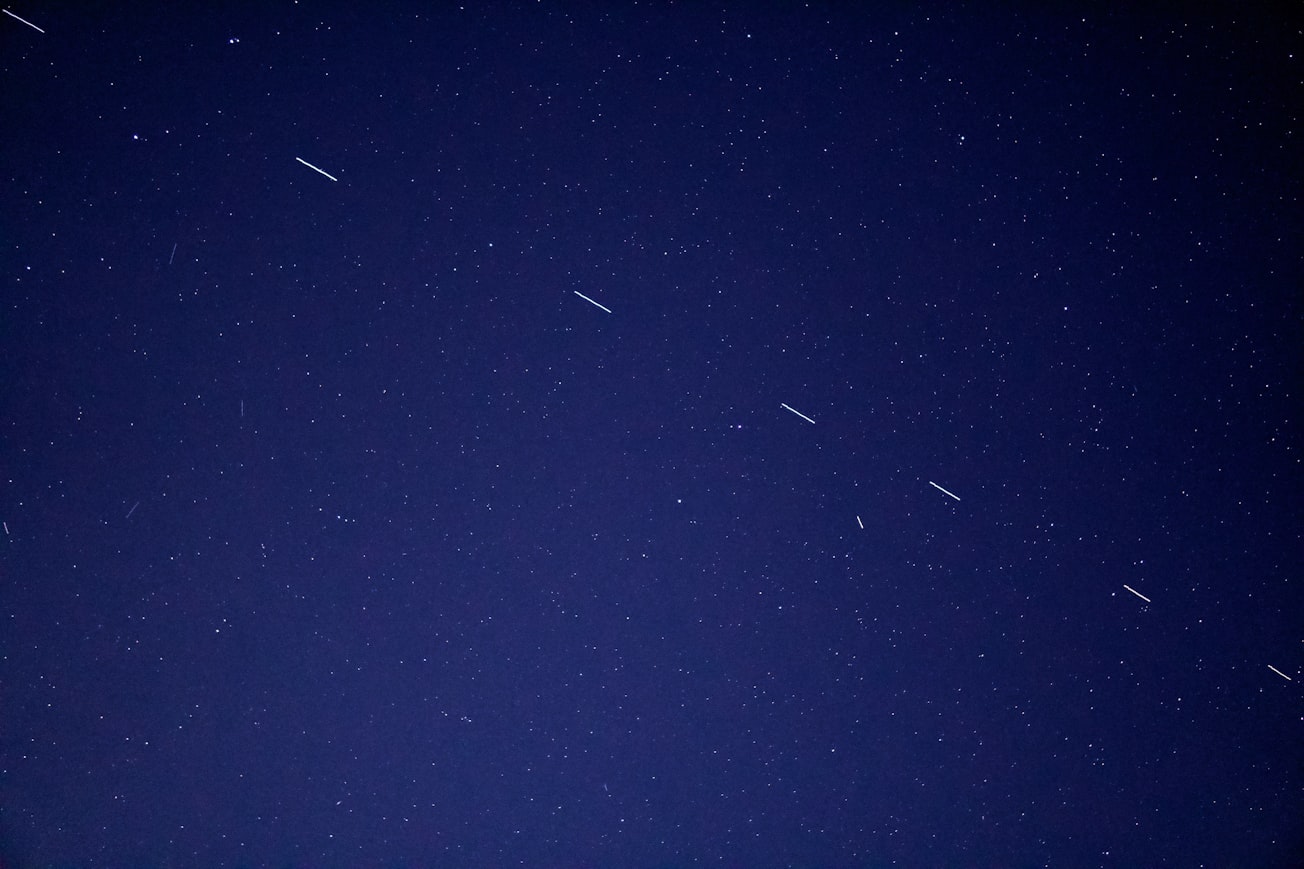What is it about?
For a satellite constellation with many satellites, the maintenance strategy becomes very important. Particularly, for the recently-developed mega-scale constellations like Starlink or OneWeb, the conventional on-orbit spare strategies would result in an excessively large number of spares; thus, we need a new way to optimally allocate spares to meet the performance/reliability requirement with the minimum cost. This paper develops a computationally efficient method to design the maintenance strategy for a large-scale satellite constellation by drawing inspiration from terrestrial logistics and inventory control methods and by leveraging orbital mechanics effectively.
Featured Image

Photo by Forest Katsch on Unsplash
Why is it important?
This paper addresses an important question of spare strategy for mega-scale constellations, a growing trend in the industry as can be seen in examples like Starlink or OneWeb. The unprecedented mega-scale constellations would encounter a new challenge of efficient and effective spare strategies because of the lack of scalability of the conventional spare strategies. This paper provides a theory and methods needed to resolve this critical and timely challenge in a scalable way by integrating terrestrial logistics techniques with orbital mechanics.
Perspectives
This paper is particularly interesting because it leverages the ideas from terrestrial logistics and integrates them with orbital mechanics to provide a solution to a challenging and timely problem in space development. This successful example demonstrates the value of the interdisciplinary space logistics research; the interesting connection between space exploration and logistics-based modeling opens up a new research direction that has extensive potential given the growing complexity of space development.
Associate Professor Koki Ho
Georgia Institute of Technology
Read the Original
This page is a summary of: Optimal Satellite Constellation Spare Strategy Using Multi-Echelon Inventory Control, Journal of Spacecraft and Rockets, September 2019, American Institute of Aeronautics and Astronautics (AIAA),
DOI: 10.2514/1.a34387.
You can read the full text:
Contributors
The following have contributed to this page







